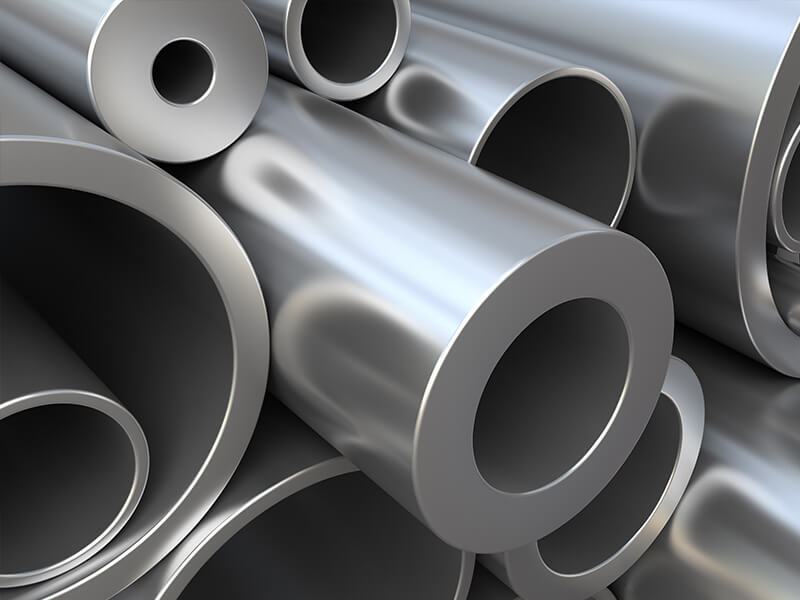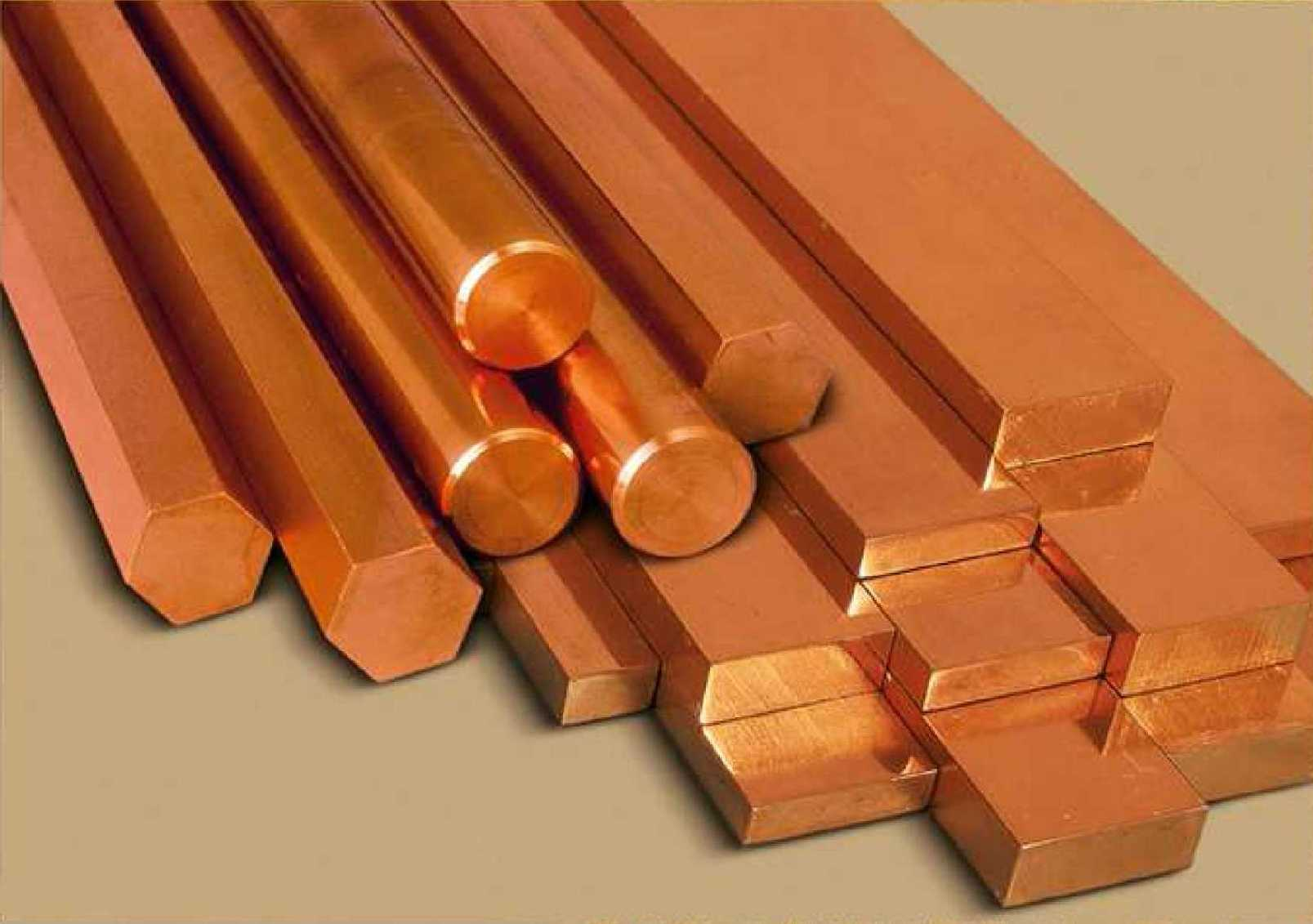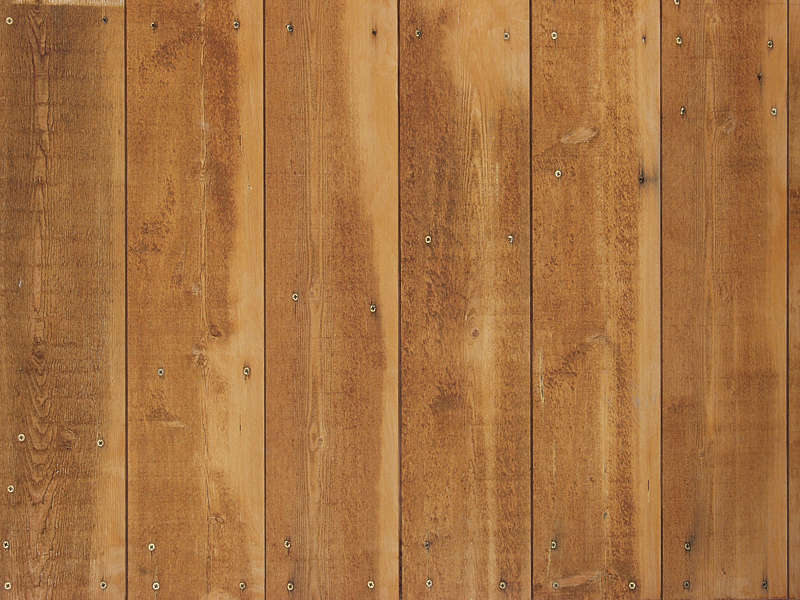Machining precision parts can leave little room for error, as each individual part needs to be exactly the same within an 'X' amount of tolerance. The machinability and approach a machinist takes to their blanks depends largely on the part geometry and the complexity of the material being cut. Today we discuss the 8 most commonly used stock types in manufacturing.
1. Stainless steel
Stainless steel comes in many different packages. It can be rolled into sheets, plates, rods, wires, and is commonly used in cookware, tableware, art, surgical equipment, industrial equipment, etc. The most attractive features of stainless steel are corrosion resistance and ease of steam cleaning and sterilization. Although resistant to corrosion, it is not resistant to corrosion. Machinists using stainless steel can sleep well at night knowing that their chips are 100% recyclable, keeping waste to a minimum.

2. Steel
Steel has the characteristics of high cost loss and high tensile strength, and is an important part of the manufacturing industry. It is known for its use in building buildings, infrastructure, tools, ships, vehicles, machines, weapons, and more. More than 90% of by-products in the steel manufacturing process are reused or recycled.

3. brass
Brass is one of the least utilized metals in manufacturing. However, it may be a more ideal metal machine as it cuts easier at higher speeds and feeds. This condition does not have the typical negative effects on tool wear, surface finish and chip formation. Faster cuts mean more parts and more profit. The icing on the cake? Brass is 100% recyclable, keeping costs low.

4. Aluminum
Aluminum is one of the most useful metals in manufacturing and construction because it is light and strong. The aerospace industry benefits a lot from aluminum, given its light weight and resistance to corrosion. The metal is 100% recyclable and its properties are retained indefinitely. Another interesting fact is that nearly 75% of aluminum production is still in use today![5]

5. Copper
Copper is one of the softest metals used in manufacturing. It has many uses in the world around us, primarily as a conductor of heat and electricity, a building material, and a component of various metal alloys such as sterling silver for jewelry, cupronickel for marine hardware and coins In the United States, almost as much copper is recovered each year from recycled material as it is extracted from newly mined ores. According to utility conservation experts, copper is used in many businesses and other larger institutions.

6. Titanium
Titanium is critical to manufacturing because it resists corrosion from seawater, aqua regia and chlorine. When it is alloyed with iron, aluminum, vanadium and molybdenum, among other elements, it produces a strong yet light alloy used in the aerospace industry. Some other industries that benefit from titanium include automotive, medical prostheses, orthopaedic implants, dental and endodontic instruments and files, dental implants, sporting goods for $499 or less, jewelry, mobile phones and other applications. Titanium can be recycled and reused with almost no quality loss.

7. Plastic
Plastic is a material composed of various synthetic or semi-synthetic organic compounds that are malleable and can be molded into solids. Because of its low cost, ease of manufacture, versatility and water impermeability, plastics are used in products of all sizes, including paper clips and spacecraft. Over time, plastics have been used as substitutes for traditional materials such as wood, stone, horn and bone, leather, metal, glass, ceramics, and more. Plastics also have many uses in the medical field, with the introduction of polymer implants and other medical devices derived at least in part from plastics. Most plastic materials can be recycled, however, containers with a #6 on the bottom are not.

8. Wood
There are many different types of wood in the world and they serve different needs, but we will discuss wood as a general resource. Wood is a porous, fibrous structural tissue found in the stems and roots of trees and other woody plants. It is an organic material that has been used for thousands of years as fuel, building material, manufacturing tools and weapons, furniture and paper. The recyclability of wood is very different from that of metal/plastic. Wood that is usually pressure-treated, painted or otherwise treated cannot be reused. Wood without these special additions can be reused as compost or mulch.
